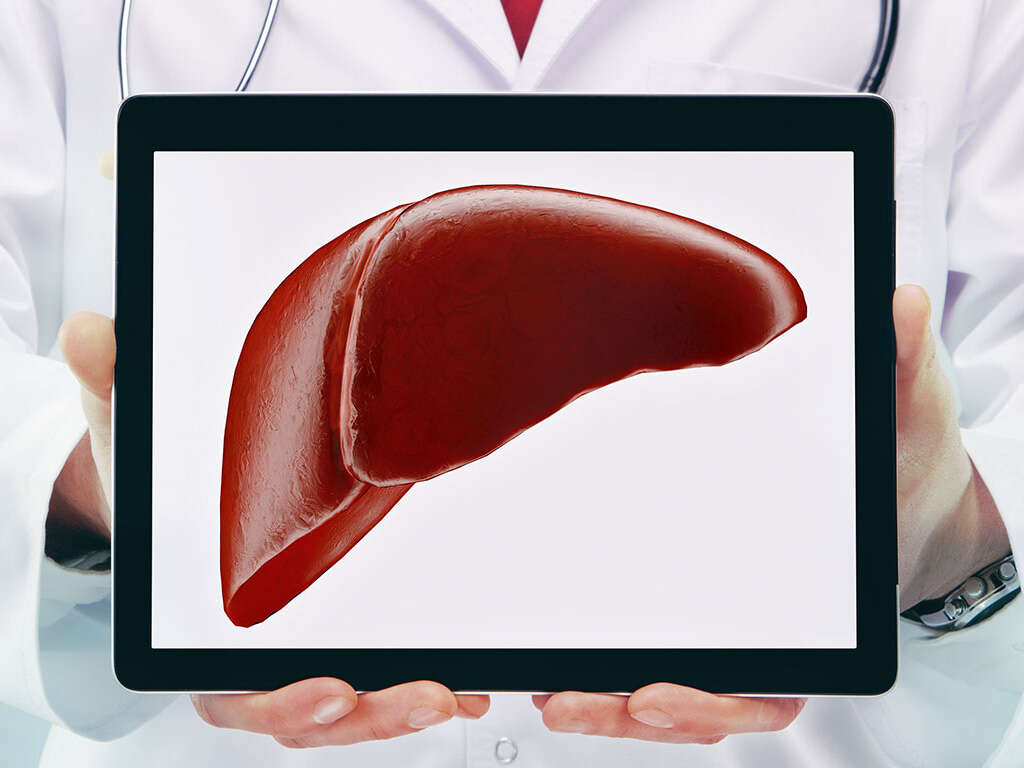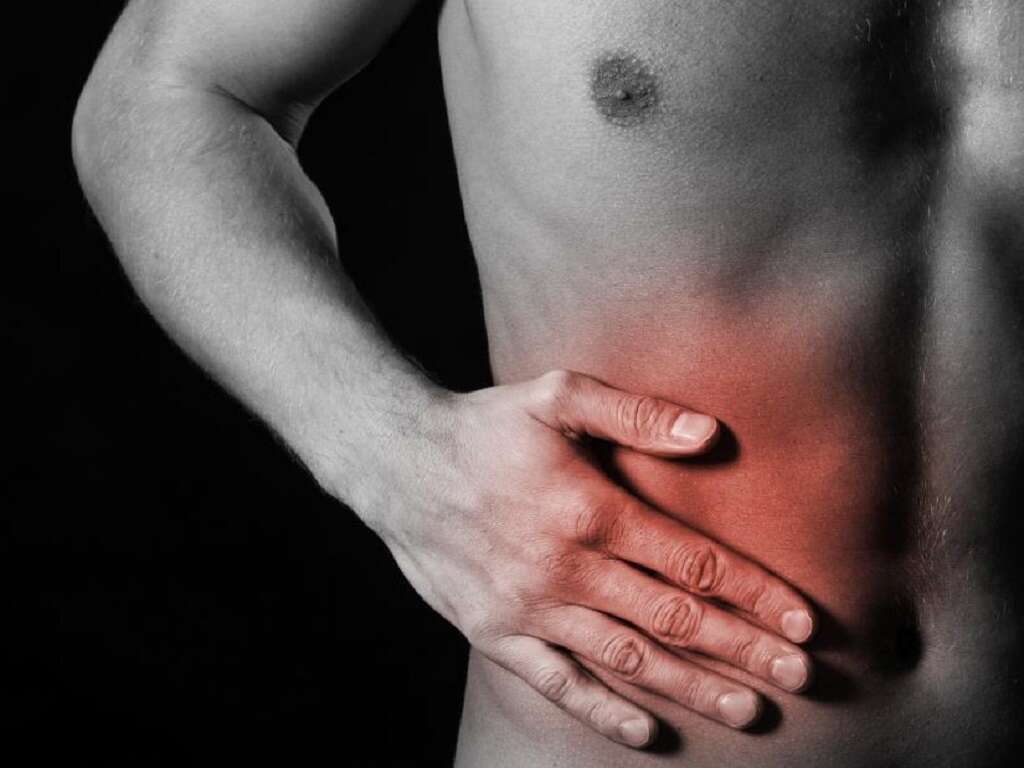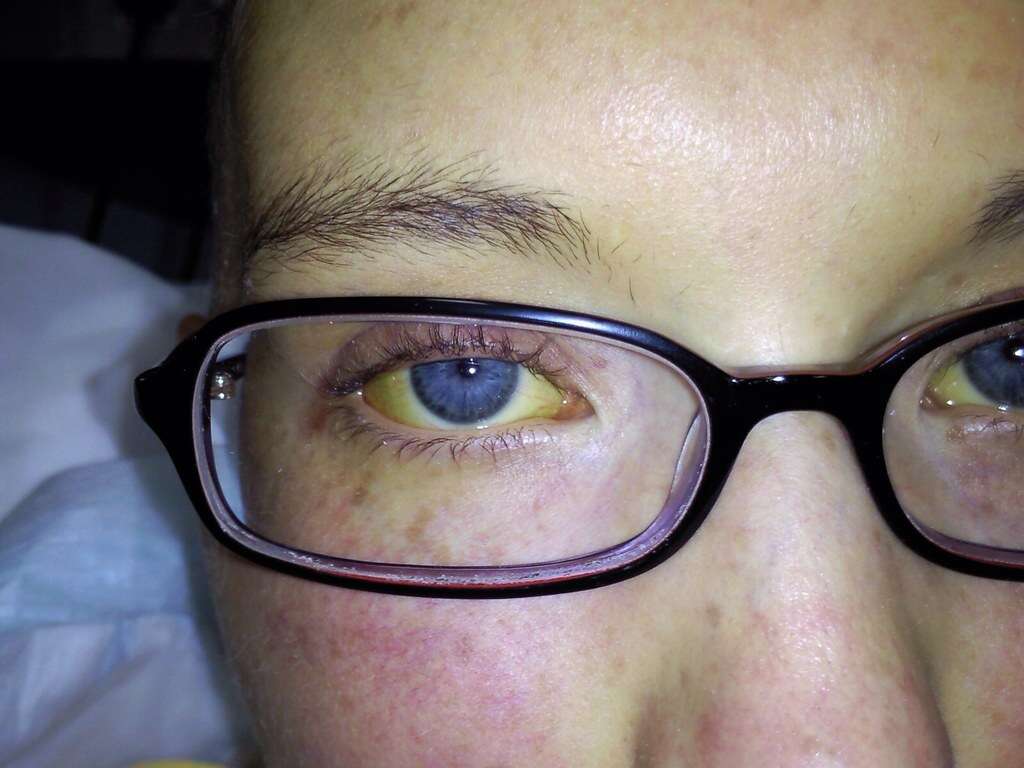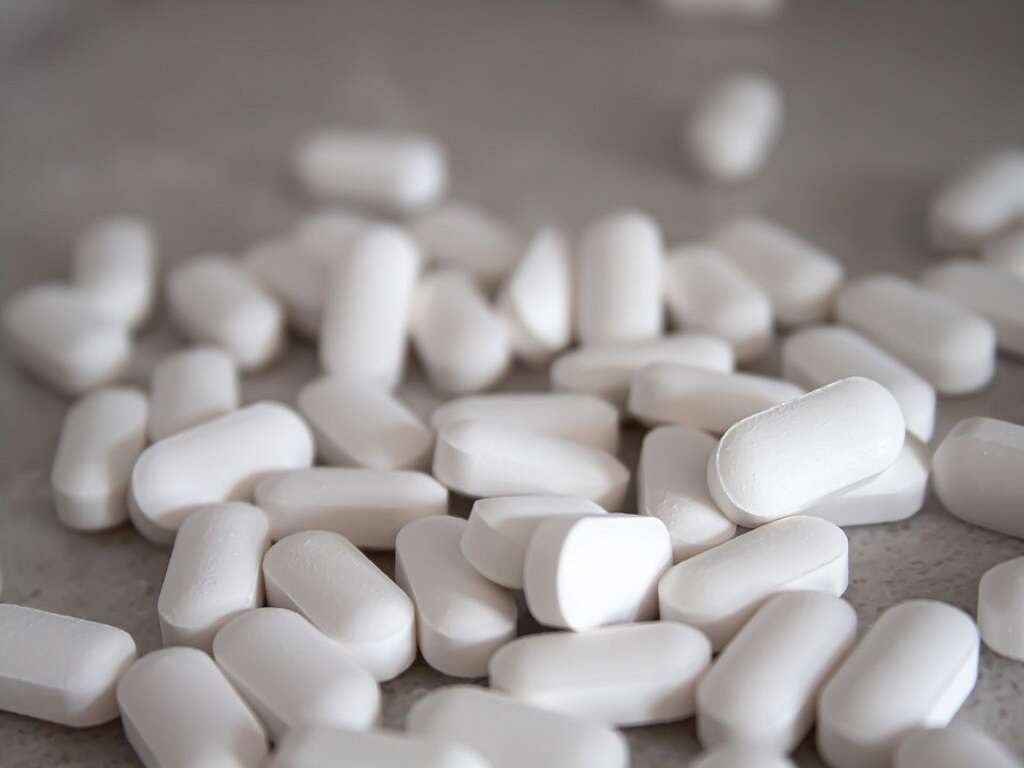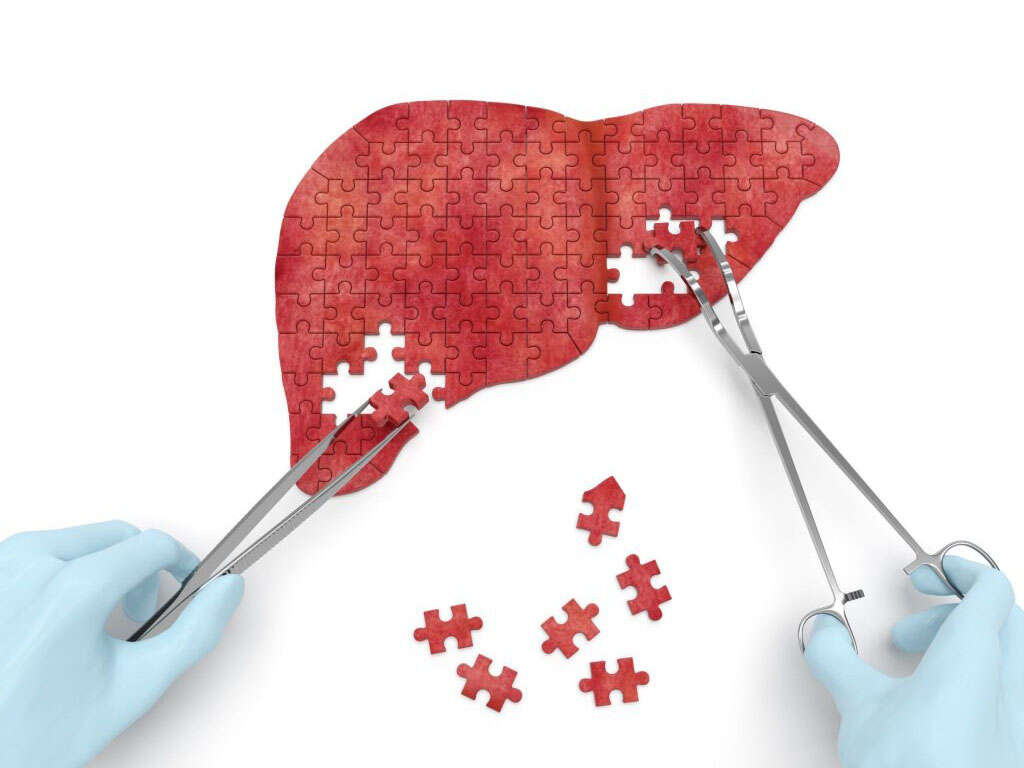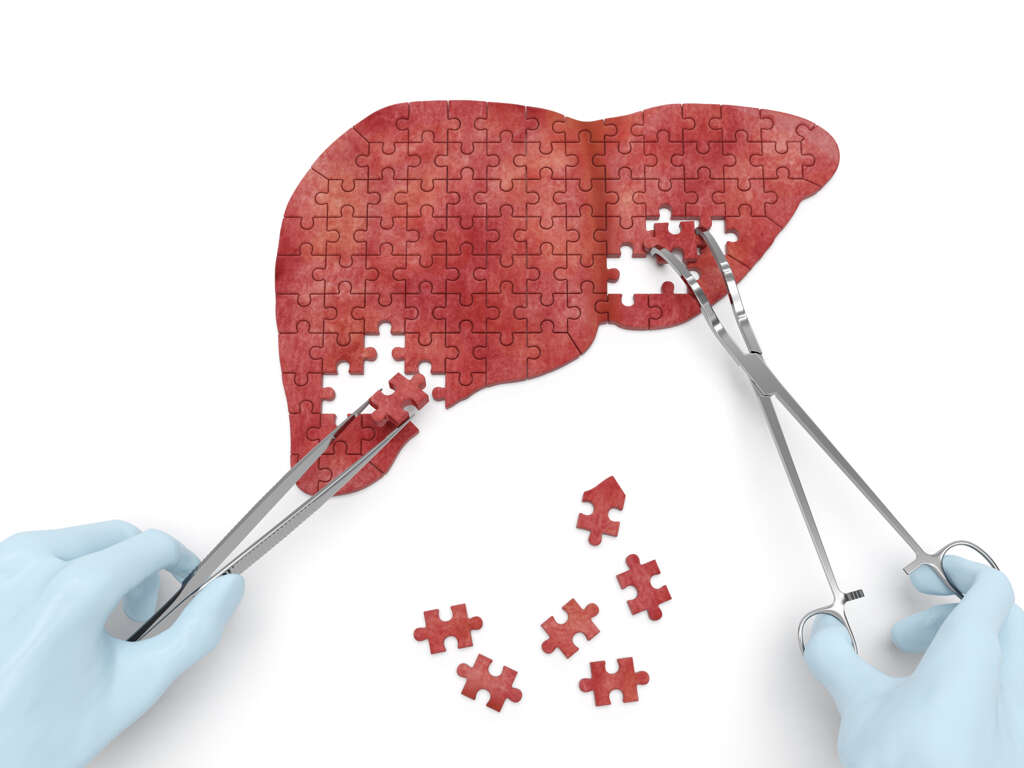10 Hepatic Steatosis Symptoms
 Article Sources
Article Sources
- 1. Liver - Fatty Liver Disease. 'Liver - Fatty Liver Disease '- Better Health Channel, www.betterhealth.vic.gov.au/health/conditionsandtreatments/liver-fatty-liver-disease
- 2. 'Nausea and Vomiting: Not Always in Sync.' Pharmacy Times, www.pharmacytimes.com/view/nausea-and-vomiting-not-always-in-sync
- 3. https://www.mayoclinic.org/'diseases-conditions/edema/diagnosis-treatment'/drc-20366532
- 4. Team, Brain and Spine. 'How Stress Can Make You Eat More -- Or Not At All.' Health Essentials from Cleveland Clinic, Health Essentials from Cleveland Clinic, 8 Oct. 2020
More commonly known as fatty liver disease, hepatic steatosis develops when fat accumulates at least 5% of the liver's weight. It is normal for people to have small amounts of fat in their liver. However, problems can develop when a person has too much.1Liver - Fatty Liver Disease. ‘Liver - Fatty Liver Disease ‘- Better Health Channel, www.betterhealth.vic.gov.au/health/conditionsandtreatments/liver-fatty-liver-disease
The function of the liver is to help process nutrients from food and drinks and filter harmful substances from the blood. Abnormal fat levels in the liver can cause inflammation, leading to damage and scarring, ultimately leading to liver cirrhosis. Hepatic steatosis symptoms vary and range from abdominal pain to breast enlargement in men.
Abdominal Pain
Some people with fatty liver disease may not experience any symptoms until the disease progresses to cirrhosis of the liver. However, one of the hepatic steatosis symptoms they may have is abdominal pain. This typically results in pain predominantly in the upper right of the belly or possibly all over the abdomen.
The pain can take several forms, including a dull throbbing sensation in the upper right abdomen or a stabbing pain that can sometimes take the breath away. Avoiding fatty foods for a few days and drinking plenty of water may offer some relief.

Abdominal Swelling
Besides abdominal pain, there may be swelling in the same area. A swollen belly can cause discomfort and sometimes pain. It can develop for several reasons and is a common occurrence.
Besides more obvious reasons such as pregnancy and overeating, a swollen belly can also result from certain medical disorders, including irritable bowel syndrome, which causes bloating and gas, resulting in a distended abdomen. Other causes can include food intolerances, giardiasis and heartburn.

A Feeling of Being Full
Feeling full quicker than normal is another symptom of fatty liver disease. Feeling full after eating very little is known as early satiety and is sometimes accompanied by other symptoms such as nausea and vomiting.
The inflammation caused by abnormal fat levels in the liver can lead to changes in the stomach lining and a reduction in protective cells, which may result in early satiety. The condition can last days or even weeks and can lead to weight loss, nutrient deficiency and poor wound healing.

Itchy Skin
Itching can be irritating, harassing and downright annoying. Those with liver diseases, such as hepatic steatosis, may find they have to scratch to relieve the itch more than normal. The itching associated with liver disease may be due to the higher levels of bile salt that accumulate under the skin.
This is not to say everyone with high bile salt levels will experience abnormal amounts of itching. While at the same time, those with normal levels may find themselves scratching to eliminate the annoyance.

Nausea
Vomiting is commonly linked to liver problems. Nausea, the sensation of having the urge to vomit, is one of the early signs of liver disease. Nausea doesn't always lead to vomiting, but it may help reduce the symptoms when it does. Vomiting can then lead to dehydration.
Severe cases of nausea can be helped with certain medications including Emetrol and Nauzene.2‘Nausea and Vomiting: Not Always in Sync.’ Pharmacy Times, www.pharmacytimes.com/view/nausea-and-vomiting-not-always-in-sync Supplements such as vitamin B6 may also help relieve symptoms of nausea, especially for pregnant women.

Jaundice
If hepatic steatosis progresses, a familiar sign of liver disease may develop. The whites of the eyes and the skin may turn yellow, which is known as jaundice. Urine may also appear darker.
Jaundice occurs when there is an excess of bilirubin in the system. This yellow pigment released by the breakdown of dead red blood cells is normally dispensed by the liver, along with old red blood cells. Liver disease can prevent this breakup, distributing it in tissue.

Edema
Edema, the medical term for swelling, is another symptom of liver disease. Medications, infections, pregnancy and other diseases can cause edema and affect small areas or the entire body. Edema develops when an individual's small blood vessels leak fluid into nearby tissues.
Severe cases of edema can be managed with drugs. One of the more common medications is furosemide, a diuretic that helps the body expel excess fluids in the form of urine.3https://www.mayoclinic.org/’diseases-conditions/edema/diagnosis-treatment’/drc-20366532 Symptoms of edema include stretched or shiny skin.

Loss of Appetite
Another early symptom of hepatic steatosis is loss of appetite. Individuals can lose their appetite for any number of reasons, both physical and mental. This is known as anorexia, which is related to but slightly different from anorexia nervosa.
Bacterial and viral infections such as pneumonia and gastroenteritis may also cause a person to lose interest in food, as can psychological issues such as depression and anxiety.4Team, Brain and Spine. ‘How Stress Can Make You Eat More – Or Not At All.’ Health Essentials from Cleveland Clinic, Health Essentials from Cleveland Clinic, 8 Oct. 2020 A loss of appetite can lead to weight loss and malnutrition.

Mental Confusion
Mental confusion is known to be associated with mental illness. However, it is not always the case. It can sometimes be a result of liver damage. If the liver loses its ability to remove ammonia from the blood, the build-up of toxins in the bloodstream can lead to confusion.
A person with mental confusion may have difficulty remembering where or who they are and may even speak incoherently or abnormally.

Male Breast Enlargement
Certain medications and the change in hormone levels associated with liver problems can sometimes result in gynecomastia, which increases the amount of breast gland tissue in men and boys. It can happen in one or both breasts.
Gynecomastia is not normally a cause for concern and is frequently the result of changes in hormone levels. However, the psychological effects of gynecomastia can sometimes outweigh the pain it sometimes causes. It is not uncommon for those with this condition to experience anxiety and depression.




